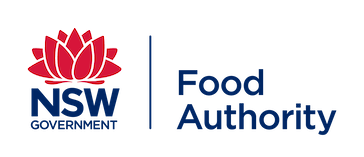Shelf life testing and 'use-by dates'
Manufacturers must determine the shelf life of their products. Setting reliable dates requires:
- technical expertise
- thorough testing.
Reliable dates cannot be guessed or based on competitor products.
Foods must carry the appropriate type of date marking for important health and safety reasons.
The Food Standards Code requires ‘use-by’ dates for food:
- intended to form the sole source of nutrition in a person’s diet for a specified time if the nutrient levels decline to unacceptable levels, or
- which can become microbiologically unsafe before the food exhibits noticeable spoilage.
Other foods with a shelf life less than 2 years must display a ‘best before’ date.
Guideline
The NSW Food Authority has prepared this simple guide to the technical side of determining reliable shelf life dates.
It can help manufacturers of food products understand the appropriate processes and important factors to consider. The guide contains references and some further reading.
Shelf life testing, 'Use-by' dates for food safety, February 2010 (275KB, 10pp)
 Table of contents
Table of contents
Executive summary
1. When is date marking required?
2. How is shelf life determined?
- Product development
- Product stability and food safety
- Challenge tests
- Expiry testing program
- ‘Use-by’ estimation – an auditable program
3. Determination of ‘best before’ dates
References
Related reading
